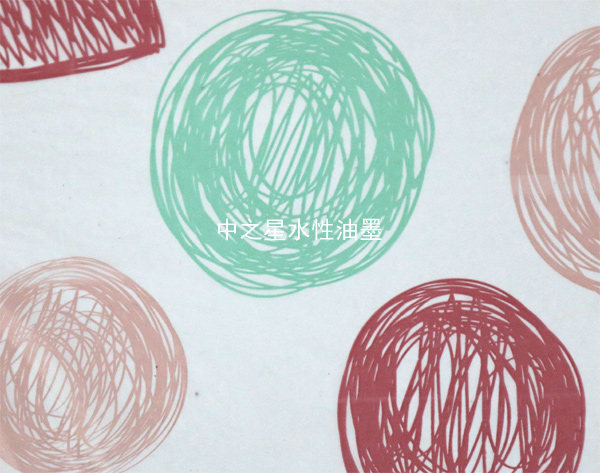What adjustments should be made to transition from oily ink to water-based ink in gravure printing
Date: Sep 14 2023 From: Star Color Views:
Transitioning from oily ink to water-based ink in gravure printing involves several adjustments to ensure optimal printing quality and performance. Water-based inks are more environmentally friendly and have different characteristics compared to oily inks. Here are the adjustments you should consider:
1.Ink Formulation and Viscosity:
Wter-based inks have a different composition and viscosity compared to oily inks. You will need to reformulate the ink to achieve the desired color, drying time, and print quality. Adjust the viscosity of the water-based ink to match the requirements of your printing press and substrate.
2.Ink Drying and Absorption:
Water-based inks dry through evaporation, whereas oily inks often rely on solvent evaporation and oxidative curing. This difference in drying mechanism can impact print speed and ink absorption. Ensure that the substrate can absorb water-based inks effectively and that the drying time is appropriate for the production speed.
3.Substrate Compatibility:
Some substrates may not readily accept water-based inks due to their absorbency or surface characteristics. Test different substrates to ensure compatibility and make any necessary adjustments to the ink formulation or substrate preparation.
4.Ink Transfer and Coverage:
Water-based inks may require different anilox roll specifications to achieve proper ink transfer and coverage. Anilox rolls designed for water-based inks typically have finer cell structures compared to those used for oily inks.
5.Color Matching and Pigment Selection:
The color appearance of water-based inks might differ from oily inks due to variations in pigments and ink formulation. Adjust the pigments and color formulation to achieve consistent color matching across the transition.
6.Drying System:
Water-based inks require different drying mechanisms compared to oily inks. You might need to modify or replace the drying system on your gravure press to accommodate the new drying requirements.
7.Ink Compatibility and Clean-Up:
Ensure that the water-based ink is compatible with the press components, such as doctor blades, ink trays, and cylinders. Clean-up procedures will also change, as water-based inks require different solvents for cleaning compared to oily inks.
8.Print Quality Testing:
Rigorously test the water-based inks on different substrates, at varying speeds, and under different conditions to assess print quality, color fidelity, and drying performance. Make adjustments based on the test results to achieve the desired output.
1.Environmental Considerations:
One of the main advantages of water-based inks is their reduced environmental impact compared to oily inks. Ensure that you follow proper disposal and waste management procedures for water-based inks and related materials.
2.Operator Training:
Train your printing press operators on the new ink system, including proper handling, maintenance, and troubleshooting specific to water-based inks.
3.Communication with Customers:
Overall, transitioning from oily ink to water-based ink in gravure printing requires careful consideration, testing, and adjustments across multiple aspects of the printing process to ensure a successful and high-quality transition.

 RU
RU
 EN
EN
 CN
CN

